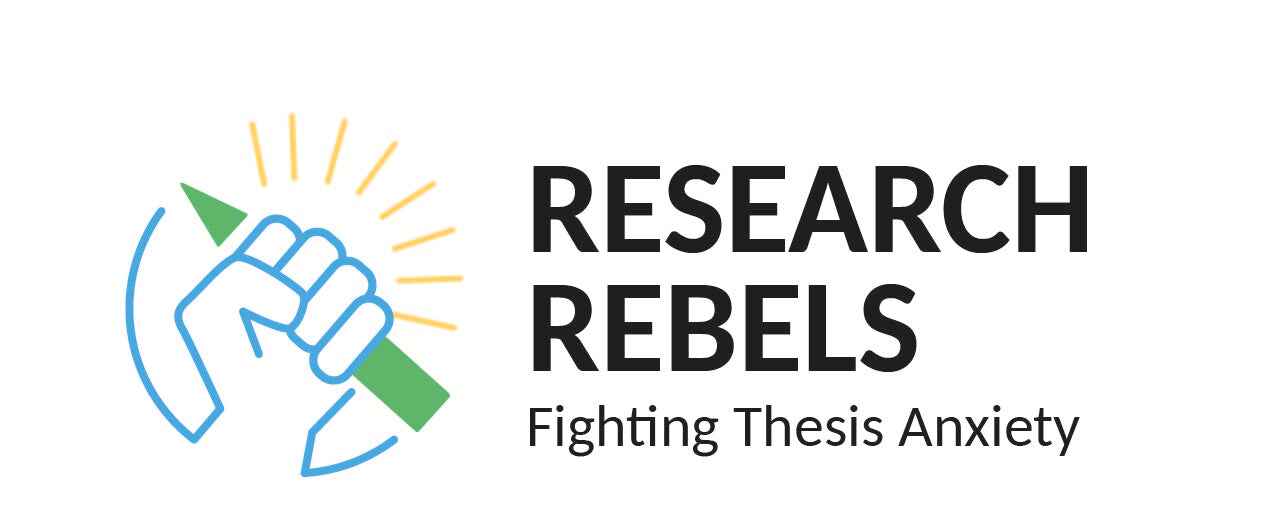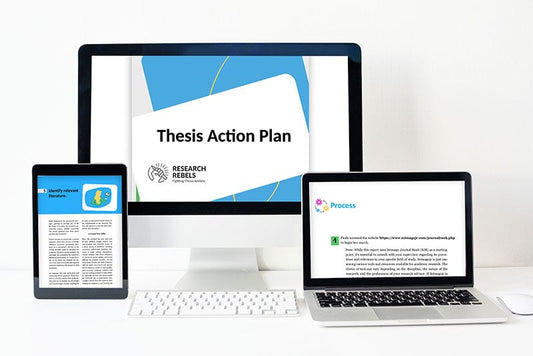Discovering Statistics Using SAS: A Comprehensive Review

The book Discovering Statistics Using SAS by Andy Field and Jeremy Miles is a valuable resource for anyone looking to master statistical concepts using the SAS software. It combines humor with in-depth explanations, making complex topics more approachable and engaging for readers. However, it has received mixed reviews regarding its execution and accuracy in the SAS examples provided.
Key Takeaways
- Engaging Writing Style: The book uses humor to make learning statistics enjoyable.
- Comprehensive Coverage: It covers a wide range of statistical methods and concepts.
- Mixed Reviews on Accuracy: Some users have reported errors in the SAS code examples.
Engaging Writing Style
One of the standout features of Discovering Statistics Using SAS is its engaging writing style. Andy Field is known for his humorous approach to teaching statistics, which makes the material more memorable. Readers have praised the book for making a typically dry subject entertaining. For instance, one reviewer mentioned, "This is probably one of the funniest books I've ever read. And that's saying a lot considering it's not a fiction or biography book."
Comprehensive Coverage
The book is thorough in its coverage of statistical methods. It starts with basic terminology and data exploration, then moves on to more advanced topics like regression, ANOVA, and multivariate analysis. Each chapter includes SAS code examples to help readers apply what they've learned. This makes the book suitable for both beginners and more advanced users who want to deepen their understanding of statistics using SAS.
Mixed Reviews on Accuracy
Despite its strengths, the book has received some criticism for errors in the SAS code examples. Several reviewers have pointed out syntax errors and issues with the provided datasets. One reviewer noted, "Lots of syntax errors - this book should be updated soon." Another mentioned, "The book is lively written and could have been useful if not for absolutely horrible editing - tonnes of errors, including the code, botched data sets or completely missing datasets."
Practical Applications
The practical applications of the book are vast. It is particularly useful for students and researchers in the social sciences and biological fields. One reviewer, an immunologist, shared how the book helped them develop a scoring system to predict kidney transplant rejection using logistic regression. This highlights the book's utility in real-world research scenarios.
Conclusion
Discovering Statistics Using SAS is a comprehensive guide that makes learning statistics enjoyable through its engaging writing style. While it covers a wide range of topics and provides practical SAS code examples, readers should be aware of potential errors in the code. Despite these issues, the book remains a valuable resource for anyone looking to master statistics using SAS.
Discovering Statistics Using SAS: A Comprehensive Review

The book Discovering Statistics Using SAS by Andy Field and Jeremy Miles is a valuable resource for anyone looking to master statistical concepts using the SAS software. It combines humor with in-depth explanations, making complex topics more approachable and engaging for readers. However, it has received mixed reviews regarding its execution and accuracy in the SAS examples provided.
Key Takeaways
- Engaging Writing Style: The book uses humor to make learning statistics enjoyable.
- Comprehensive Coverage: It covers a wide range of statistical methods and concepts.
- Mixed Reviews on Accuracy: Some users have reported errors in the SAS code examples.
Engaging Writing Style
One of the standout features of Discovering Statistics Using SAS is its engaging writing style. Andy Field is known for his humorous approach to teaching statistics, which makes the material more memorable. Readers have praised the book for making a typically dry subject entertaining. For instance, one reviewer mentioned, "This is probably one of the funniest books I've ever read. And that's saying a lot considering it's not a fiction or biography book."
Comprehensive Coverage
The book is thorough in its coverage of statistical methods. It starts with basic terminology and data exploration, then moves on to more advanced topics like regression, ANOVA, and multivariate analysis. Each chapter includes SAS code examples to help readers apply what they've learned. This makes the book suitable for both beginners and more advanced users who want to deepen their understanding of statistics using SAS.
Mixed Reviews on Accuracy
Despite its strengths, the book has received some criticism for errors in the SAS code examples. Several reviewers have pointed out syntax errors and issues with the provided datasets. One reviewer noted, "Lots of syntax errors - this book should be updated soon." Another mentioned, "The book is lively written and could have been useful if not for absolutely horrible editing - tonnes of errors, including the code, botched data sets or completely missing datasets."
Practical Applications
The practical applications of the book are vast. It is particularly useful for students and researchers in the social sciences and biological fields. One reviewer, an immunologist, shared how the book helped them develop a scoring system to predict kidney transplant rejection using logistic regression. This highlights the book's utility in real-world research scenarios.
Conclusion
Discovering Statistics Using SAS is a comprehensive guide that makes learning statistics enjoyable through its engaging writing style. While it covers a wide range of topics and provides practical SAS code examples, readers should be aware of potential errors in the code. Despite these issues, the book remains a valuable resource for anyone looking to master statistics using SAS.
Discovering Statistics Using SAS: A Comprehensive Review

The book Discovering Statistics Using SAS by Andy Field and Jeremy Miles is a valuable resource for anyone looking to master statistical concepts using the SAS software. It combines humor with in-depth explanations, making complex topics more approachable and engaging for readers. However, it has received mixed reviews regarding its execution and accuracy in the SAS examples provided.
Key Takeaways
- Engaging Writing Style: The book uses humor to make learning statistics enjoyable.
- Comprehensive Coverage: It covers a wide range of statistical methods and concepts.
- Mixed Reviews on Accuracy: Some users have reported errors in the SAS code examples.
Engaging Writing Style
One of the standout features of Discovering Statistics Using SAS is its engaging writing style. Andy Field is known for his humorous approach to teaching statistics, which makes the material more memorable. Readers have praised the book for making a typically dry subject entertaining. For instance, one reviewer mentioned, "This is probably one of the funniest books I've ever read. And that's saying a lot considering it's not a fiction or biography book."
Comprehensive Coverage
The book is thorough in its coverage of statistical methods. It starts with basic terminology and data exploration, then moves on to more advanced topics like regression, ANOVA, and multivariate analysis. Each chapter includes SAS code examples to help readers apply what they've learned. This makes the book suitable for both beginners and more advanced users who want to deepen their understanding of statistics using SAS.
Mixed Reviews on Accuracy
Despite its strengths, the book has received some criticism for errors in the SAS code examples. Several reviewers have pointed out syntax errors and issues with the provided datasets. One reviewer noted, "Lots of syntax errors - this book should be updated soon." Another mentioned, "The book is lively written and could have been useful if not for absolutely horrible editing - tonnes of errors, including the code, botched data sets or completely missing datasets."
Practical Applications
The practical applications of the book are vast. It is particularly useful for students and researchers in the social sciences and biological fields. One reviewer, an immunologist, shared how the book helped them develop a scoring system to predict kidney transplant rejection using logistic regression. This highlights the book's utility in real-world research scenarios.
Conclusion
Discovering Statistics Using SAS is a comprehensive guide that makes learning statistics enjoyable through its engaging writing style. While it covers a wide range of topics and provides practical SAS code examples, readers should be aware of potential errors in the code. Despite these issues, the book remains a valuable resource for anyone looking to master statistics using SAS.

















